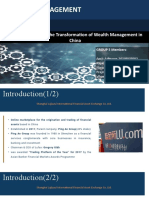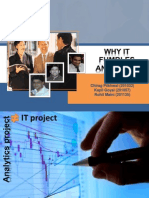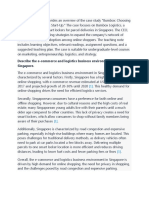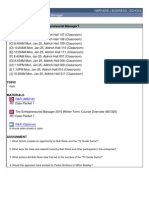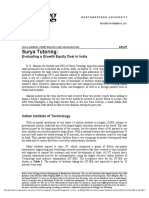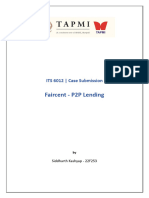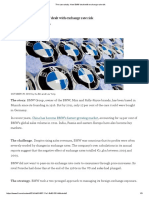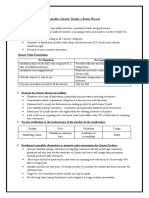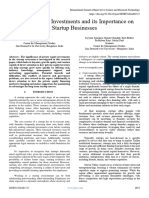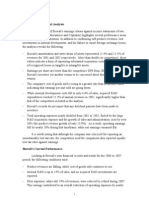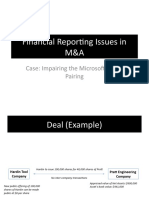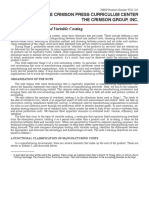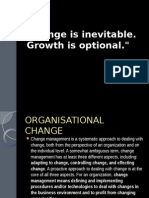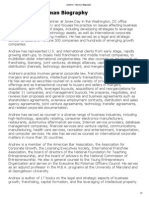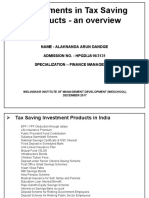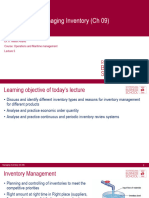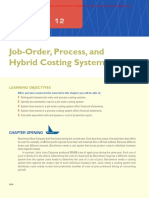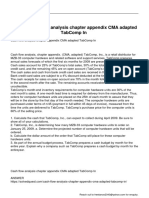0% found this document useful (0 votes)
758 views34 pagesLufax Case Study
This document provides an overview and analysis of Lufax, a leading Chinese fintech company. It begins with an overview of the global fintech industry and Lufax's history and services. An analysis of the fintech industry in China and Lufax's performance is presented. Lufax's business model is illustrated using a business model canvas. Finally, a SWOT analysis and recommendations to address Lufax's problems with high customer bargaining power and underperformance in US markets are provided.
Uploaded by
Eury SohnCopyright
© © All Rights Reserved
We take content rights seriously. If you suspect this is your content, claim it here.
Available Formats
Download as PDF, TXT or read online on Scribd
0% found this document useful (0 votes)
758 views34 pagesLufax Case Study
This document provides an overview and analysis of Lufax, a leading Chinese fintech company. It begins with an overview of the global fintech industry and Lufax's history and services. An analysis of the fintech industry in China and Lufax's performance is presented. Lufax's business model is illustrated using a business model canvas. Finally, a SWOT analysis and recommendations to address Lufax's problems with high customer bargaining power and underperformance in US markets are provided.
Uploaded by
Eury SohnCopyright
© © All Rights Reserved
We take content rights seriously. If you suspect this is your content, claim it here.
Available Formats
Download as PDF, TXT or read online on Scribd
/ 34
